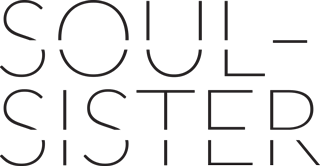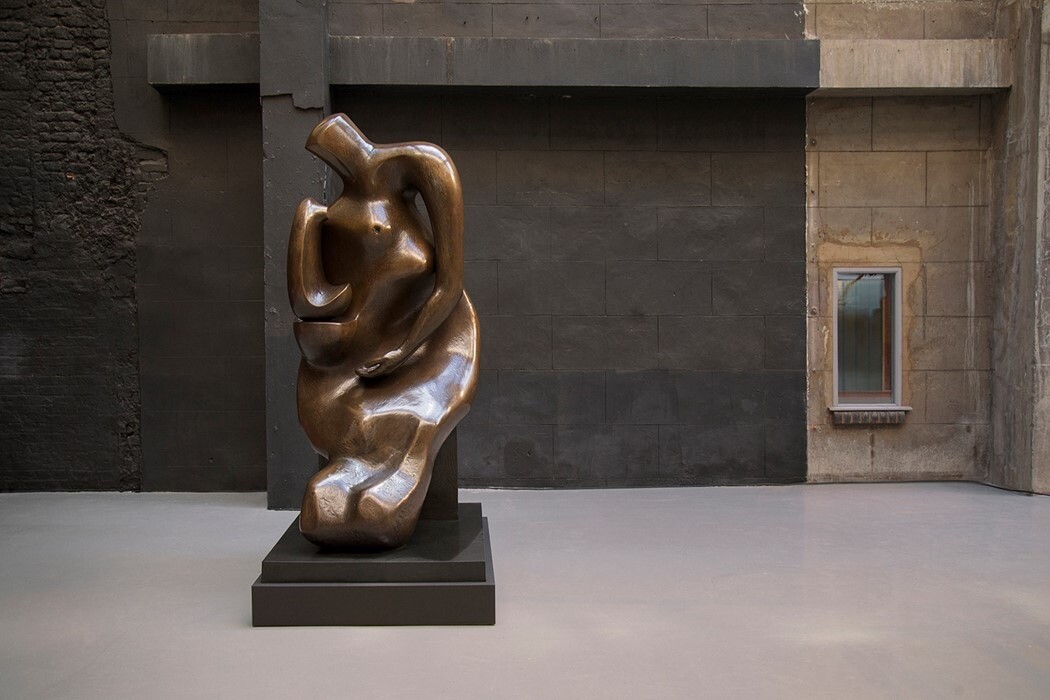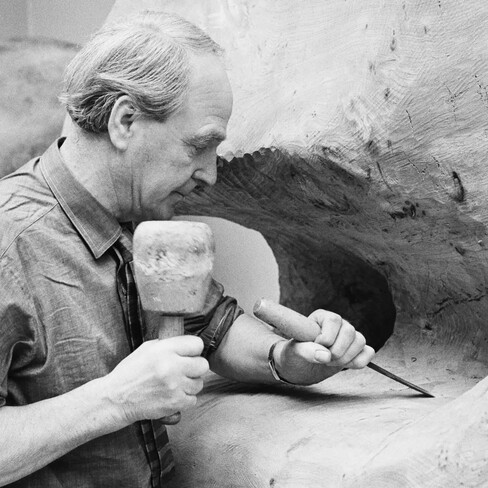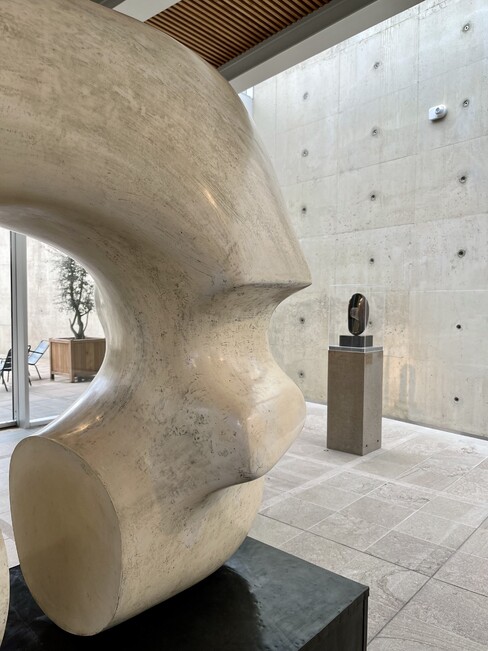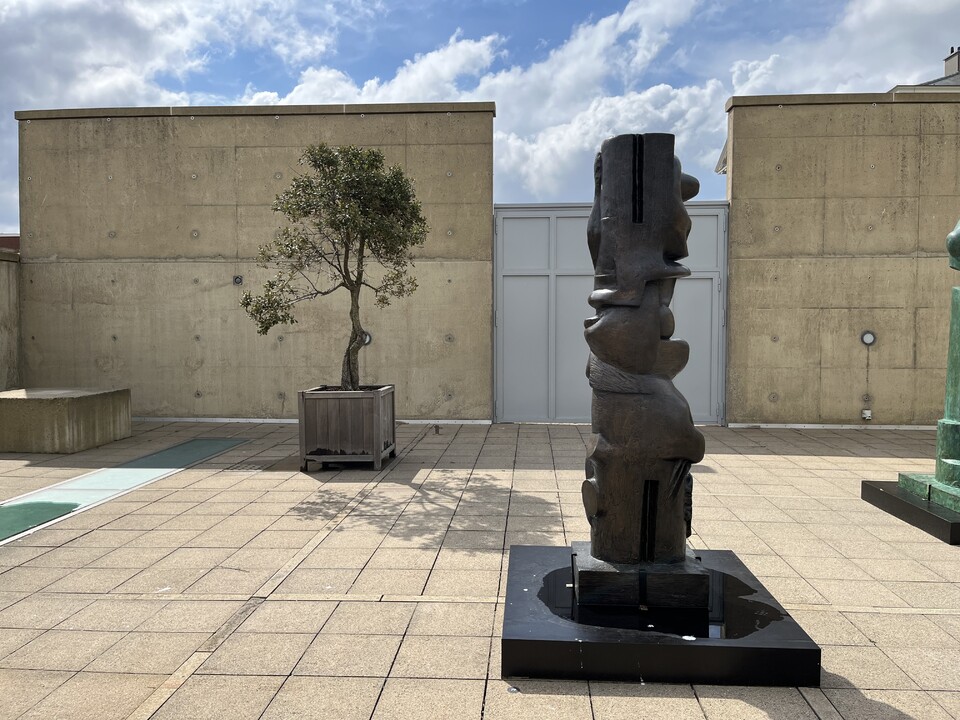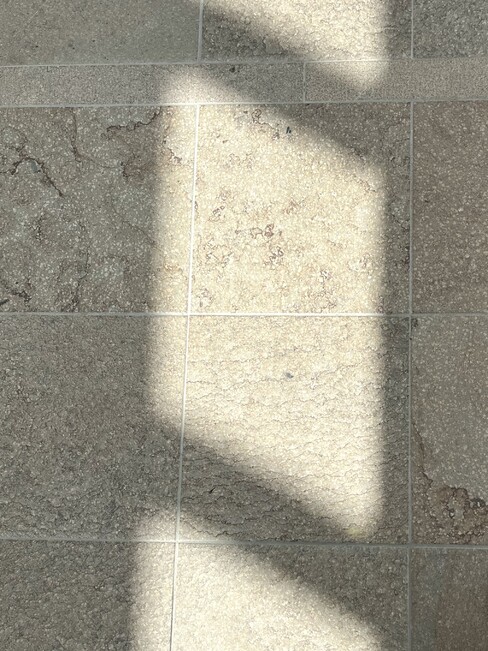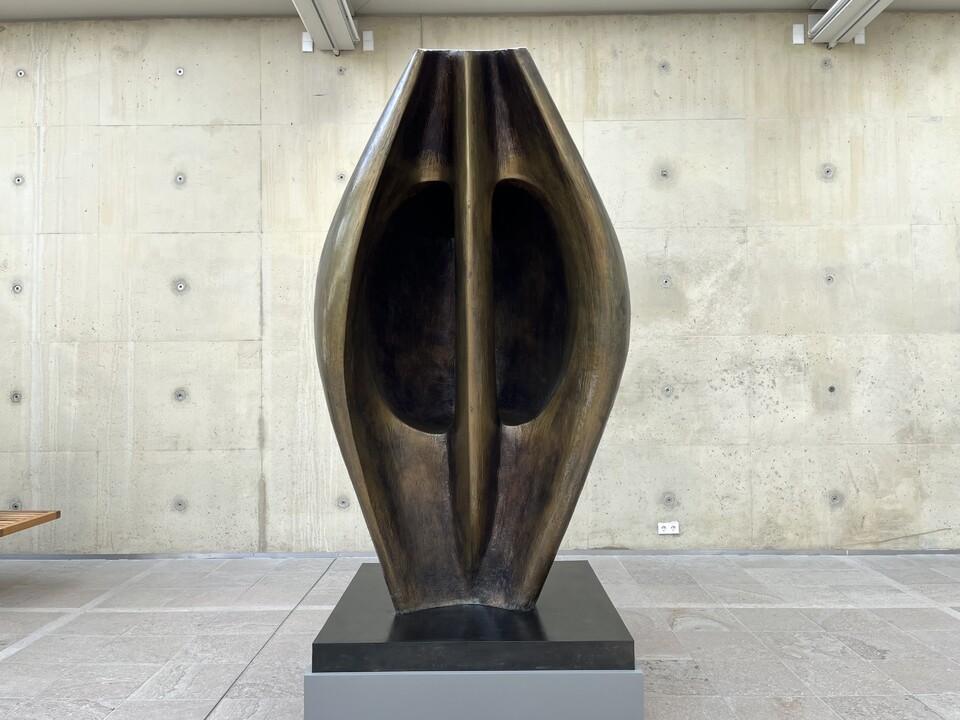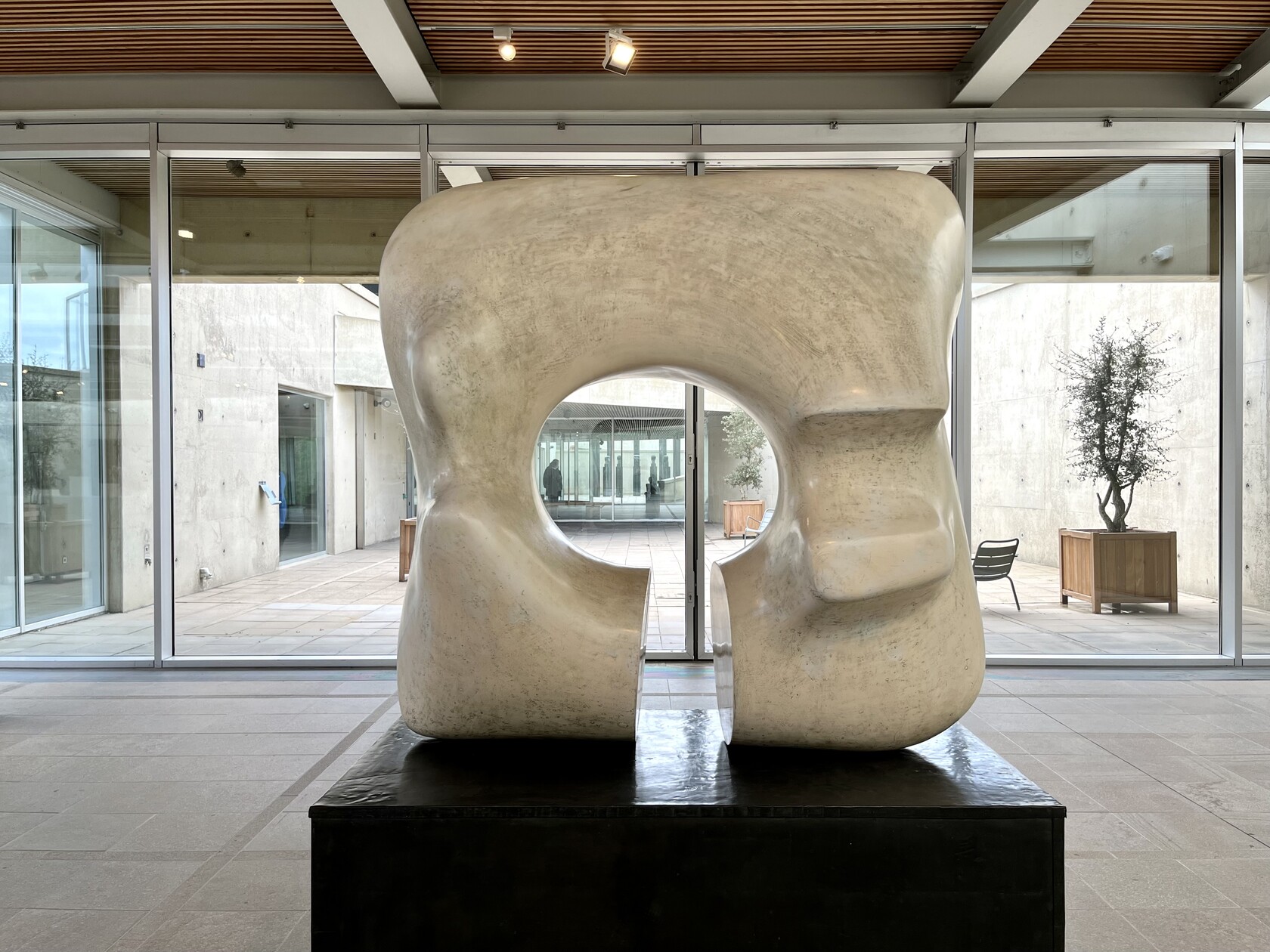Moore voelde zich sterk verbonden met de natuur, hier haalde hij dan ook veel inspiratie uit. Zo verzamelde hij in zijn atelier allerlei voorwerpen zoals botten, stenen en drijfhout. In zijn werk zijn drie hoofdthema's te onderscheiden: 'moeder en kind', 'liggende figuur' en 'familie'. De vormen van zijn latere abstracte sculpturen zijn vaak doorboord of bevatten holle ruimtes.
In Museum Beelden aan Zee in Scheveningen is in samenwerking met de Henry Moore Foundation een overzichtstentoonstelling gewijd aan de Britse beeldhouwer.
De tentoonstelling van zo'n 80 sculpturen focust op de invloed van de natuur op zijn werk en de ontwikkeling die hij doormaakte als ambachtelijk beeldhouwer. Van ‘direct carving’ - het beeldhouwen zonder voorbereidende schetsen - tot in glasvezel uitgevoerde sculpturen en het experimenteren met het gieten van brons. De geselecteerde werken tonen welk effect de materiaalkeuze had op de vorm, de maatvoering en het onderwerp van zijn beelden.
'In my opinion, everything, every shape, every bit of natural form, animals, people, pebbles, shells, anything you like are all things that can help you to make a sculpture.' - Henry Moore
Buiten vliegen de meeuwen, maar als je het museum in Scheveningen binnenstapt is het plotsklaps stil; de beelden van Henry Moore vragen om rust en aandacht. Vooral in de abstracte beelden speelt Moore met vorm. Glooiende lijnen die in elkaar overlopen, waarbij de binnenkant opeens overgaat in de buitenkant.
Moore is een meester in het gebruik van materialen. Houtsnijwerk, gipsen modellen, bronzen beelden, marmeren sculpturen en allerlei andere steenbeelden: Moore is een alleskunner en zoekt het materiaal dat het best bij de vorm van zijn beeld past. En door de betonnen muren van het museum lijken de beelden van Moore toch zacht en natuurlijk. Stap even uit de drukte van het dagelijkse leven en gaat dat zien (tot 22 oktober 2023).
